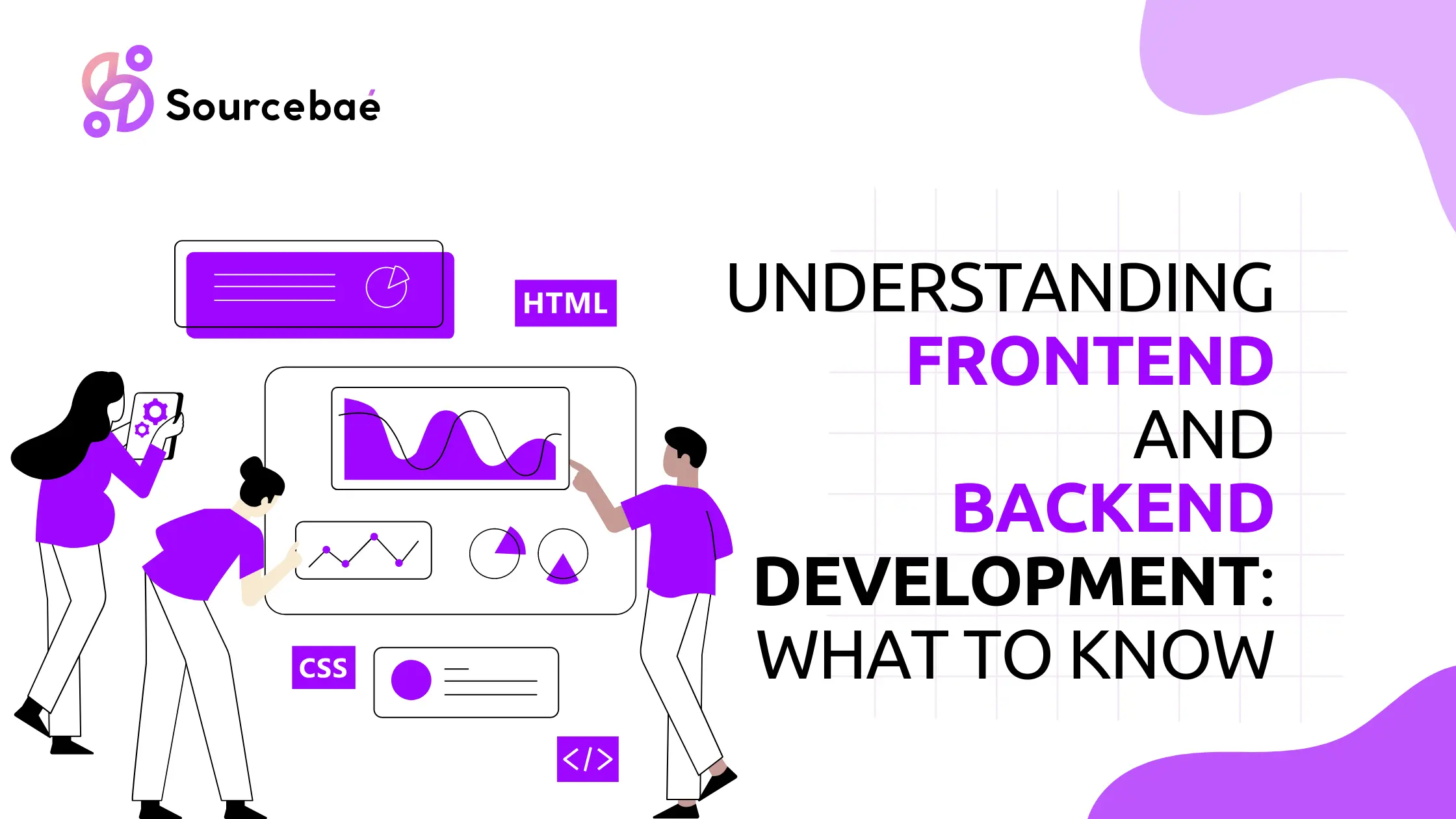When it comes to website development, there are two primary areas of focus: frontend and backend development. These two disciplines work together to create functional, aesthetically pleasing websites that serve a variety of purposes. In this article, we’ll take a closer look at frontend and backend development, their differences, and how they work together.
Frontend Development
Frontend development is the process of designing and developing the part of a website that users interact with directly. This includes the visual aspects of a website, such as its layout, typography, and color scheme, as well as its functionality, such as navigation menus, forms, and interactive features.
Frontend developers use a variety of tools and technologies to create visually appealing and responsive websites that work seamlessly across different devices and browsers. These include HTML, CSS, and JavaScript, as well as frameworks and libraries like Bootstrap, jQuery, and React.
One of the main challenges of frontend development is ensuring that websites are accessible to all users, including those with disabilities. This involves following web accessibility guidelines and best practices, such as providing alternative text for images, using proper heading structures, and ensuring that forms and other interactive elements are easy to use with a keyboard.
Backend Development
Backend development is the process of building the part of a website that users don’t see directly but that powers its functionality. This includes the server-side logic that handles user authentication, database interactions, and other complex operations.
Backend developers use a variety of programming languages and frameworks to build robust and scalable web applications. These include languages like Python, Ruby, and PHP, as well as frameworks like Node.js, Flask, and Django.
One of the main challenges of backend development is ensuring that web applications are secure and performant. This involves implementing best practices for data security, such as encrypting sensitive data and protecting against SQL injection and other types of attacks. It also involves optimizing server-side code for performance and scalability, such as using caching and load balancing techniques.
Working Together
Frontend and backend development are closely interconnected, and both are essential for building high-quality websites and web applications. Frontend developers rely on backend developers to provide the data and functionality they need to create engaging user experiences, while backend developers rely on frontend developers to design intuitive and user-friendly interfaces.
To ensure smooth collaboration between frontend and backend developers, it’s important to establish clear communication channels and a shared understanding of project requirements and timelines. It’s also important to use version control tools like Git to manage code changes and ensure that everyone is working from the same codebase.
In conclusion, frontend and backend development are two distinct but interrelated disciplines that are essential for creating modern, functional, and visually appealing websites and web applications. By understanding the differences between these two areas of focus and how they work together, you can better appreciate the complexity and diversity of the web development process.
Want to see our portfolio of successful developer hires? Reach out to us today and we’ll send it your way.





